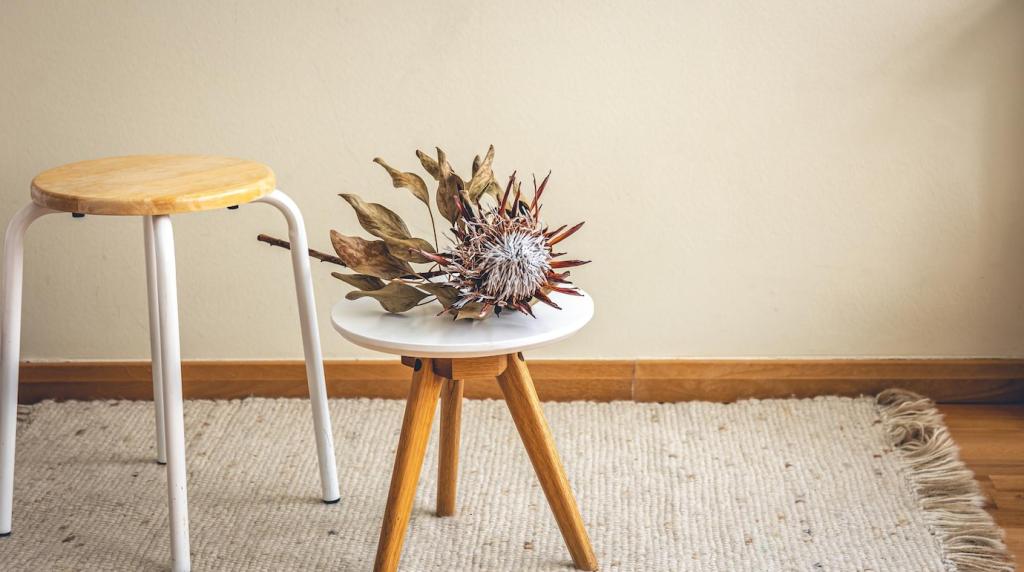A Brighter Home, A Cooler Planet: Environmentally Friendly Lighting
Chosen theme: Environmentally Friendly Lighting. Step into a lighter footprint without dimming your style. From cozy lamps to city streets, discover practical ideas, real stories, and science-backed tips that cut carbon, costs, and glare. Stay with us, share your experiences, and subscribe for weekly inspiration to keep your spaces beautiful and brilliantly efficient.
Why Environmentally Friendly Lighting Matters
LEDs use up to 75–90% less energy than old incandescents and last many times longer, turning wasted heat into purposeful glow. When my neighbor swapped eight bulbs in her hallway, her electricity bill nudged lower the very first month, a small victory that felt surprisingly big. Tell us where your energy savings began.
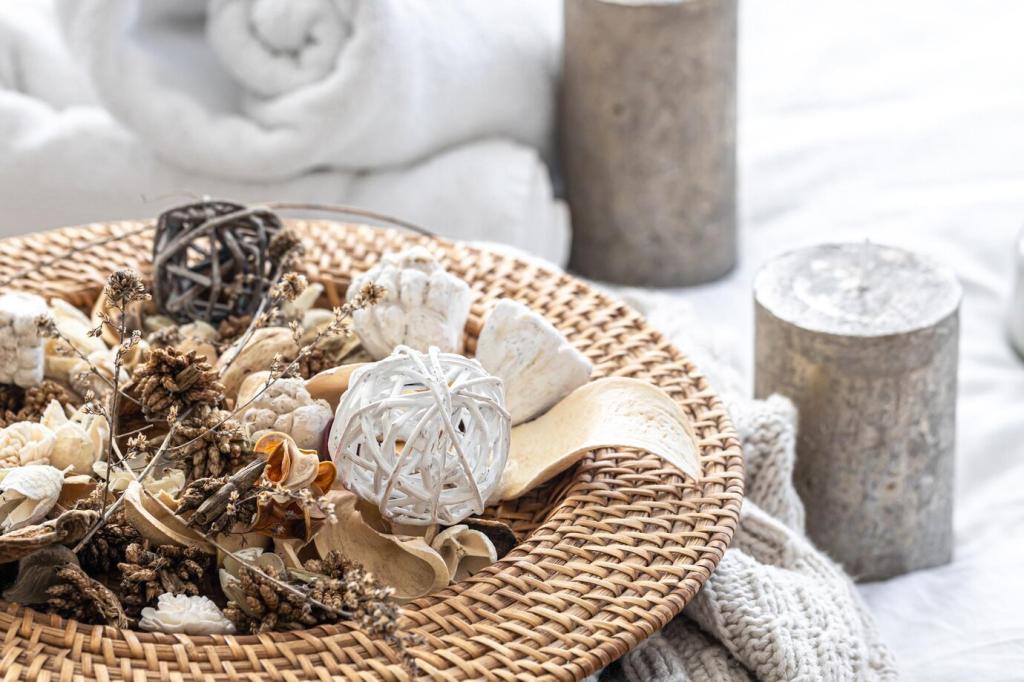
Choosing the Right LEDs and Fixtures
Think brightness first: lumens tell you how much light you get, watts reveal how much power you spend. Aim for 2700–3000K for cozy spaces, 3500–4000K for tasks, and look for high color rendering where accuracy matters. ENERGY STAR or DLC labels add trust. Bookmark this approach and subscribe for our printable room-by-room cheat sheet.
Choosing the Right LEDs and Fixtures
Choose fixtures that embrace recycled aluminum, responsibly sourced wood, or durable, repairable designs. Low-VOC finishes protect indoor air, while modular parts extend life. When you invest in honest materials, your lamp tells a story of craft, circularity, and care. Comment with brands you love so the community can discover them too.
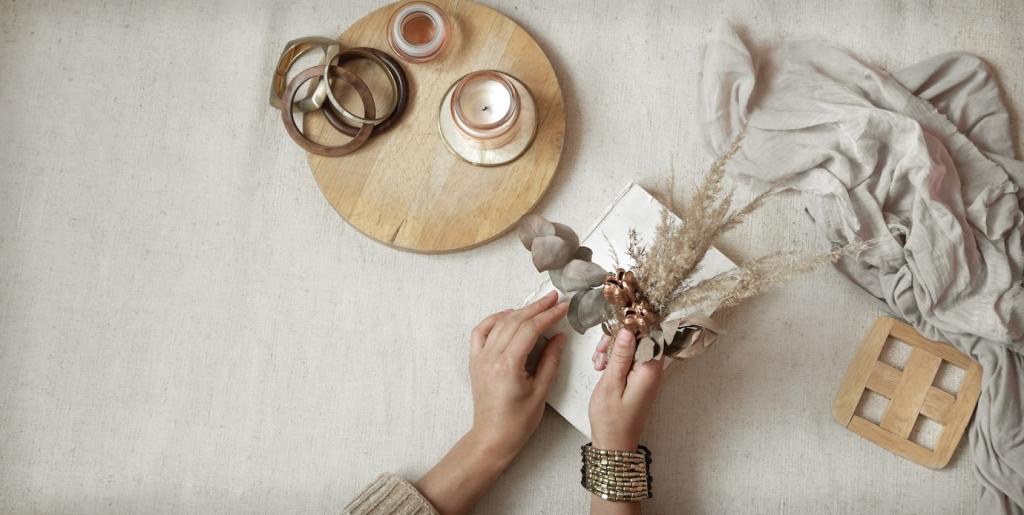
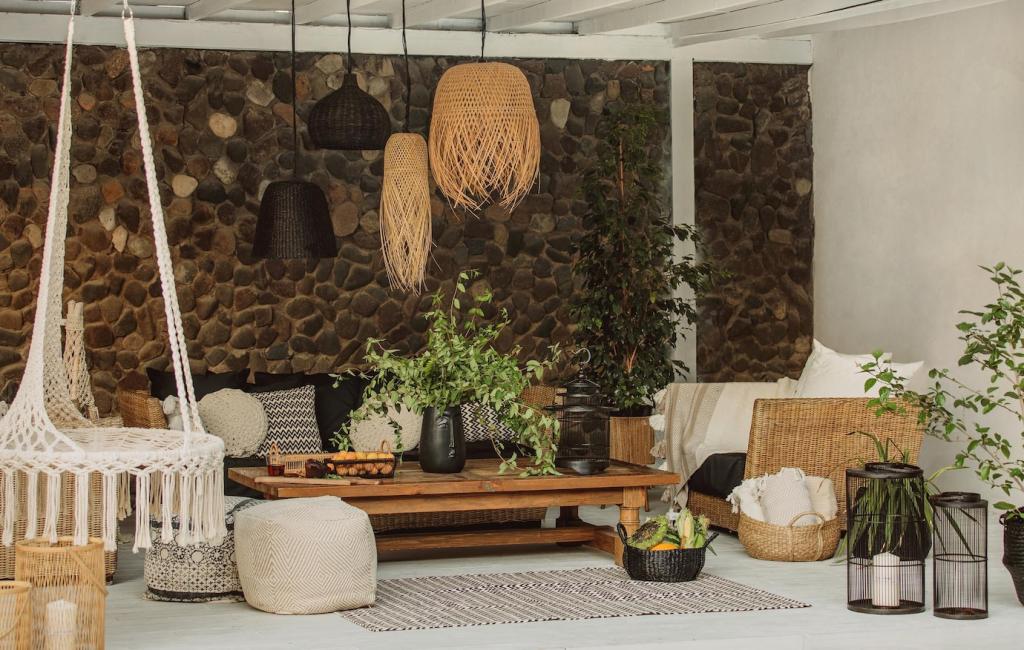

Dimmers and gentle scenes
Dimmers let you fine-tune brightness to the moment, from movie-night amber to focused desk light at noon. Scene settings create one-tap transitions that feel luxurious and practical. Try warm dimming in dining areas; you will use less power while making meals feel intimate. Tell us your favorite evening scene in the comments.
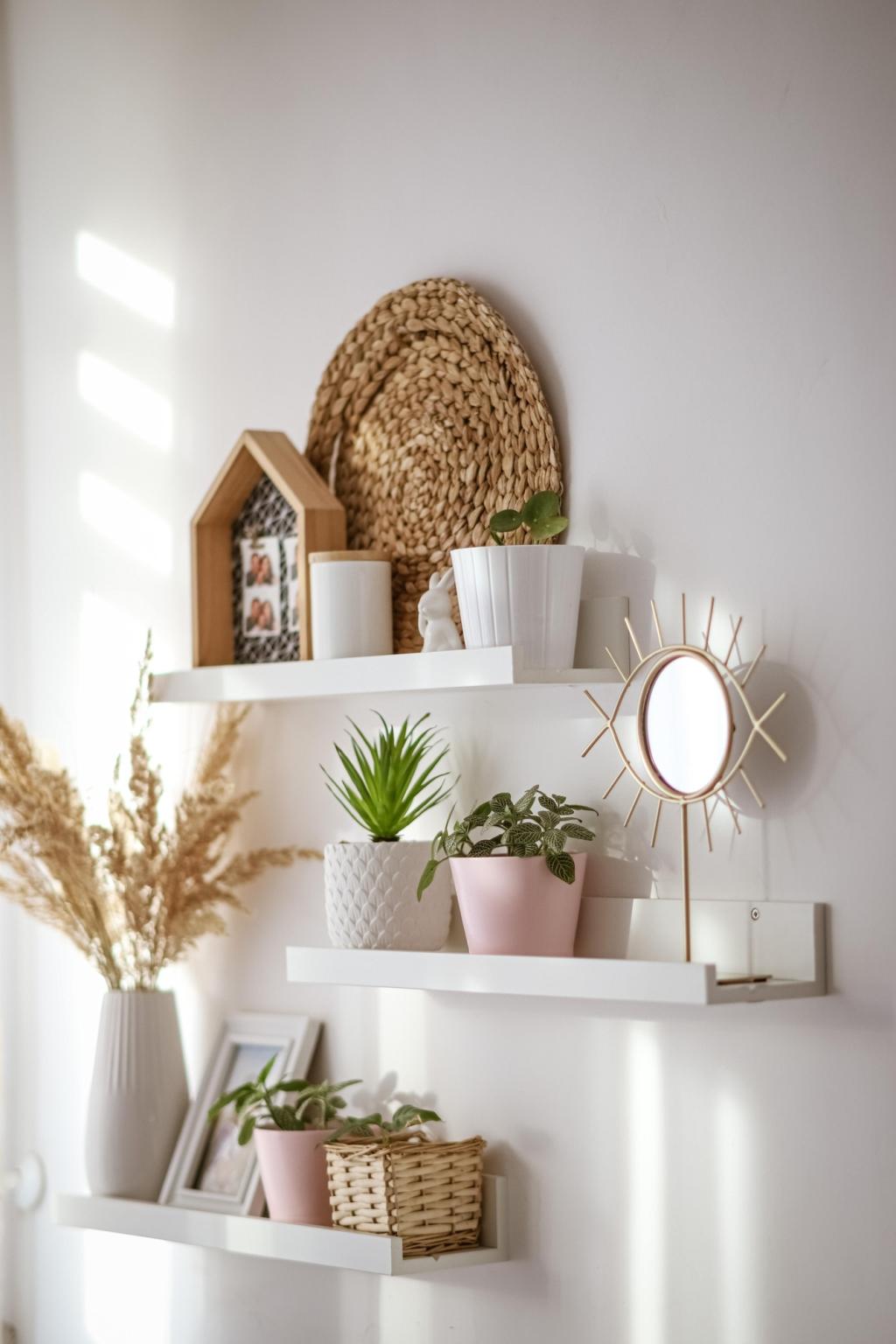
Occupancy and daylight sensors
Rooms forget to turn lights off; sensors never do. Occupancy sensors cut waste in closets and bathrooms, while daylight sensors trim output when sunshine floods in. A small studio we followed saw lighting energy drop by roughly a third over one quarter. Try a sensor in your busiest hallway and share your week-one results.
Daylight First: Designing with the Sun
01
Layout, reflectance, and rhythm
Place desks perpendicular to windows to reduce glare, use light-colored walls to bounce daylight deeper, and add a simple mirror to stretch brightness. An artist we interviewed raised her easel and painted at noon, then dimmed LEDs in the afternoon. Share your daylight hacks—photos welcome—and inspire someone to rearrange today.
02
Taming glare with texture
Sheer curtains, micro-perforated shades, and matte finishes soften harsh sun without stealing it. Aim for layered control so mornings feel airy and afternoons stay calm. The right fabric can rescue a room from squinting and headaches. Comment with the window treatment that made the biggest difference, and we will compile a reader shortlist.
03
Daylight-responsive dimming
Pair sensors with dimmable fixtures so lights automatically fade when the sun shows up. Corridors and open kitchens benefit most, where inconsistent usage otherwise wastes watts. Once you see the smooth transitions, you will never miss the extra brightness. Subscribe for our step-by-step setup guide next week.
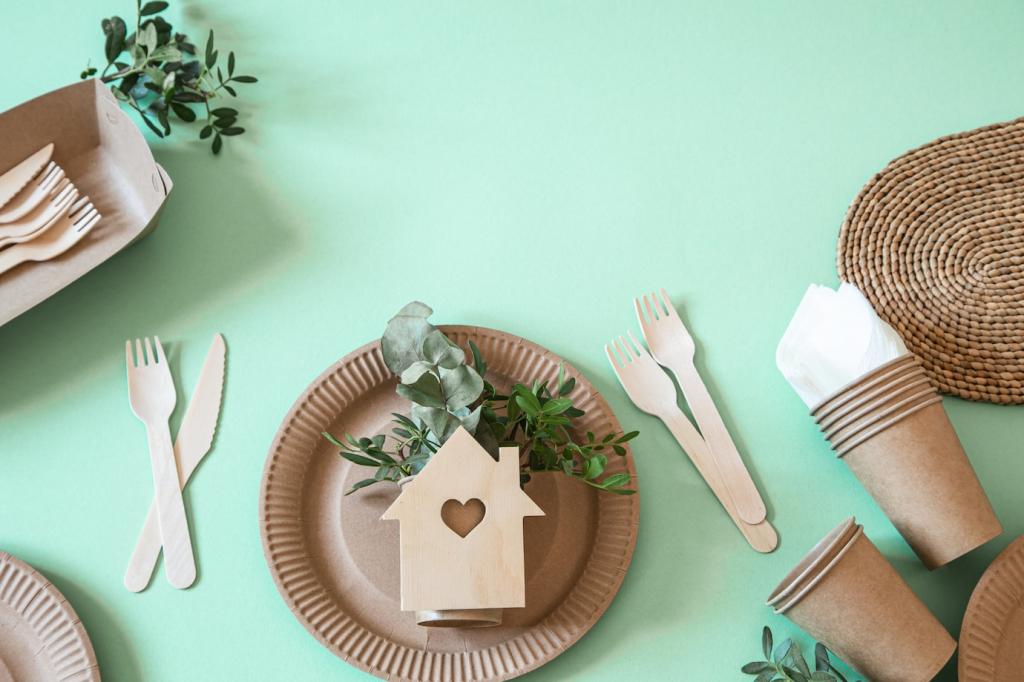

Do not toss fluorescent tubes or CFLs; they contain mercury and require special handling at municipal drop-off points. LEDs usually lack mercury but still deserve e-waste recycling to recover materials. Check local programs and comment with options in your city to help other readers recycle responsibly.

Prefer fixtures with replaceable drivers, standardized modules, and screws instead of glue. A neighborhood makerspace revived a favorite pendant by swapping a failed driver for twenty dollars, keeping a cherished piece alive. If you have a repair story, share it and subscribe for our upcoming modular lighting roundup.
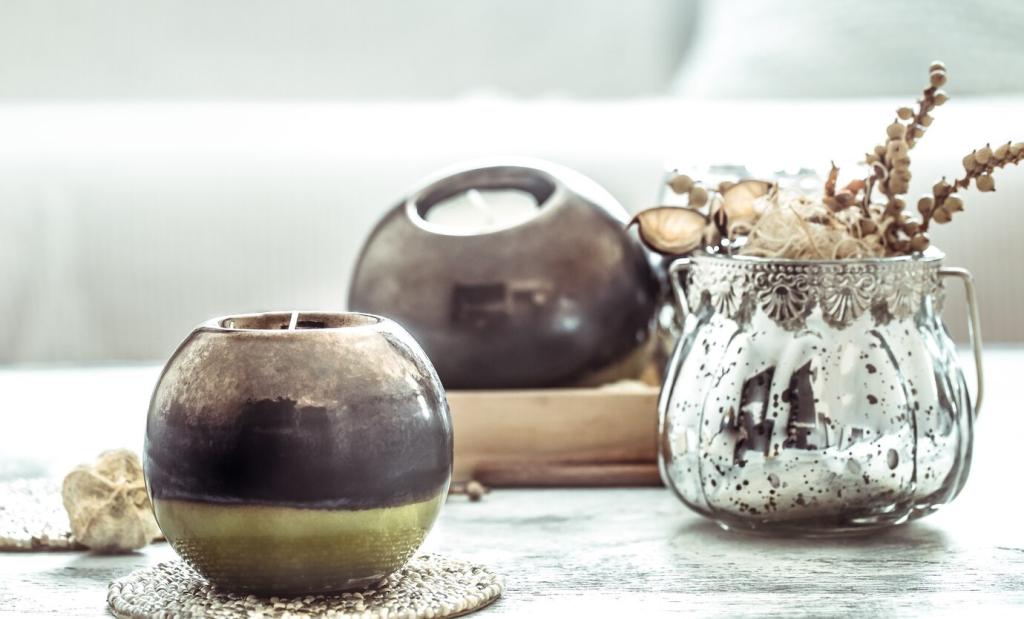
Strong thermal management, generous warranties, and reputable drivers extend life and efficiency. Heatsinks that stay cool keep LEDs happy, color-stable, and bright for years. Spend slightly more once and avoid buying twice. Tell us which fixtures have outlasted expectations so we can feature them in a durability showcase.


